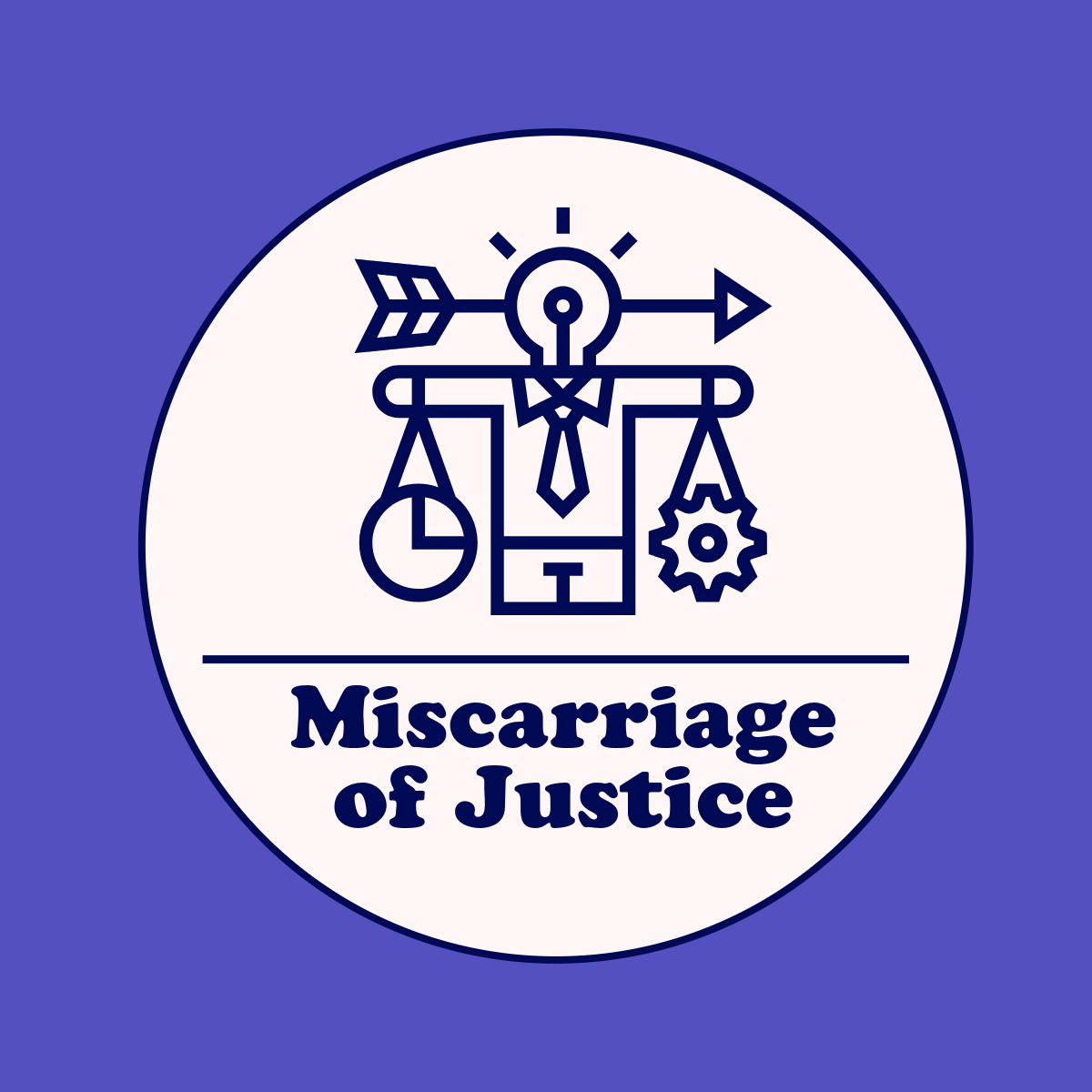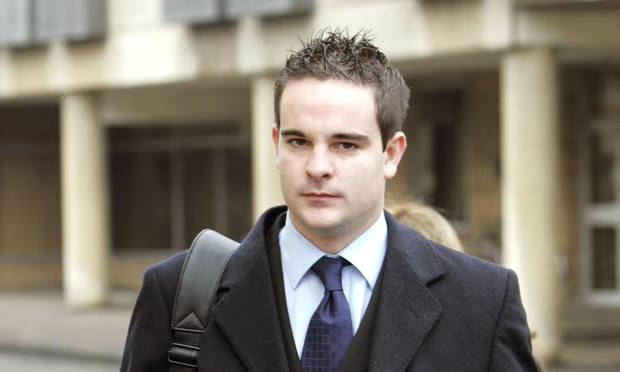New evidence claimed to undermine nurse’s conviction for killing patients
Exclusive: Benjamin Geen was jailed for life after ‘unusual’ number of respiratory arrests on his ward, but expert claims it was not unusual
Fresh evidence has emerged that it is claimed undermines the conviction of a nurse jailed for life 17 years ago for murdering two of his patients and poisoning 15 others.
Benjamin Geen, then 25, was given a minimum 30-year sentence in 2006 largely on the basis that he had been on shift at the time of an “unusual” number of cases of respiratory arrest in the emergency ward of Horton general hospital in Banbury, Oxfordshire.
The prosecution’s assumptions linking Geen to the cases have been previously questioned by eminent statisticians, such as Sir David Spiegelhalter, but the criminal cases review commission (CCRC) has repeatedly declined to send the case back to the court of appeal.
Now an analysis of a large dataset of patients in the US of a similar profile to those involved in the Geen case has suggested there was nothing unusual about the number of incidents of respiratory arrest on his ward in the winter of 2003-2004.
“There is incontrovertible and highly reliable epidemiological evidence that multiple patients with respiratory arrest would have been expected amongst Mr Geen’s charges during the 42-day period at issue,” Dr Michael Freeman, a consultant and professor in the fields of forensic medicine and epidemiology, has said.
Based on the profiles of 12 of the patients under Geen’s care whose details were made available to Freeman, and the outcomes evidenced in US emergency wards, it is said that “17 cases of respiratory arrest would not only not be ‘unusual’, it would be within the range of expected outcomes for such a high-risk population”.
The CCRC declined to refer the Geen case to the court of appeal after applications in 2013 and in 2015. The review body lost a case at judicial review over the 2015 negative decision on the grounds that they had not properly considered the evidence. They were forced to reassess the facts but the CCRC again rejected the application.
Geen, a former Territorial Army lieutenant, had qualified as a nurse in April 2003 and was working on urgent cases in Horton general’s accident and emergency ward between December 2003 and February 2004 when there was a spate of incidents of patients who suddenly stopped breathing or collapsed.
When a patient with alcoholism was admitted with stomach pains and ended up in intensive care, traces of two drugs were found in his urine, the sedative midazolam and the muscle relaxant vecuronium, which had not been prescribed for him.
Over a weekend in February 2004, medical staff reviewed the case notes of patients whose respiratory arrests they could not explain and discovered that Geen was common to them all.
When Geen went to work the following Monday he was met by a member of staff who took him to the senior managers’ office, where he was arrested. While being escorted to the office he squirted the contents of a syringe of vecuronium into the pocket of his fleece.
Geen claimed that he had accidentally brought the syringe home after leaving work the previous week feeling unwell, and that he had expressed the syringe into his pocket in panic because he realised he should not have had it on him.
The prosecution during Geen’s subsequent trial successfully argued that he had injected the patients said to be involved with muscle relaxants or insulin as he had been seeking the thrill of resuscitating them back to life.
Although all had been very ill, most of the patients said to have been targeted by Geen were resuscitated, but David Onley, 75, and Anthony Bateman, 65, died within a fortnight of each other in January 2004. A jury at Oxford crown court found Geen guilty of their murder, as well as 15 counts of causing grievous bodily harm to other patients. He was acquitted of one further count of GBH.
There was no direct evidence to support the prosecution’s case that Geen had administered non-prescribed medicines or excess doses to patients. Neither was the court provided with direct evidence that such medication had caused the death or intentional harm of patients.
The court had instead heard that the spate of cases of respiratory arrest in the hospital’s emergency department was so exceptional that it could be explained only by having “a maniac on the loose”.
Mark McDonald, a barrister who is representing Geen, said he would present the new statistical evidence to the CCRC in the expectation that they would refer the case to the court of appeal.
He said: “The prosecution says there’s a pattern: that he is on duty every time someone gets sick and that respiratory arrest is rare. They have said: ‘You have never proven it is not rare’. Now we have a report saying that it is not rare.”
Geen’s defence has drawn parallels with the case of Sally Clarke, who was wrongly convicted on the basis of flawed statistics of murdering her two baby boys and blaming it on cot death in 1999.
Her conviction was later overturned and led to a review of hundreds of other cases. The functions and competence of the CCRC has come under intense scrutiny in recent days after the quashing of the conviction of Andrew Malkinson, who spent 17 years in prison after being wrongly convicted of rape in 2004. The CCRC had declined to grant Malkinson a new appeal hearing in 2012 and again in 2020.





